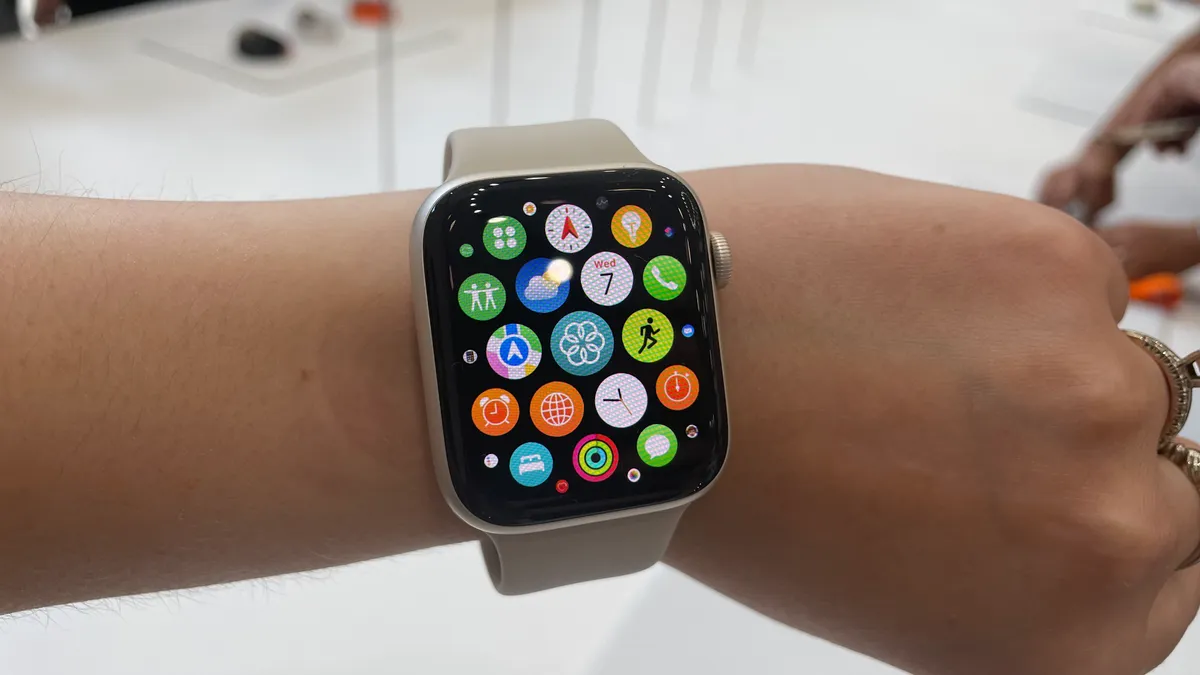Introduction
The Apple Watch has taken the world by storm since its introduction in 2015. As one of the most popular smartwatches globally, it has redefined the way we interact with technology and health. With its sleek design, powerful features, and seamless integration with Apple’s ecosystem, the Apple Watch has become an essential accessory for millions of users. In this article, we will delve into the evolution of the Apple Watch, exploring its key milestones, groundbreaking features, and the impact it has had on various aspects of our lives.
The Birth of a Game-Changer
The genesis of the Apple Watch can be traced back to a secret project within Apple’s labs, codenamed “Gizmo.” Initially met with skepticism, the smartwatch industry was already bustling with competitors when the Apple Watch was announced in September 2014. However, when the product was finally unveiled to the public in April 2015, it was apparent that this wearable was different.
Design and Customization
One of the defining features of the Apple Watch is its wide array of design choices and customization options. From various sizes and materials to interchangeable bands, Apple provided users with the ability to personalize their watches to match their style and preferences.
Revolutionary Health and Fitness Tracking
Beyond telling time, the Apple Watch’s health and fitness capabilities have been a game-changer. With an array of sensors, it can monitor heart rate, track physical activities, detect falls, and even perform an ECG (Electrocardiogram). We explore how these features have empowered users to take control of their health.
App Ecosystem and Integration
The Apple Watch has a thriving app ecosystem, thanks to the watchOS platform. We delve into the evolution of apps for the smartwatch and the impact they’ve had on user experience and productivity.
Pushing the Boundaries: Cellular Connectivity
In 2017, Apple introduced the Series 3 Apple Watch with cellular connectivity, allowing it to function independently of the iPhone. This development marked a significant step forward in the wearable industry and liberated users from the need to carry their phones at all times.
The Apple Watch and Accessibility
We explore how the Apple Watch has been instrumental in promoting accessibility for individuals with disabilities, including its assistive technologies and inclusive design principles.
Wearables in Healthcare
The Apple Watch’s health-tracking capabilities have found applications in the medical field. We discuss how the device is being used for medical research, patient monitoring, and early detection of various health conditions.
Impact on Society: The Quantified Self
The Apple Watch has contributed to the rise of the “Quantified Self” movement, where individuals use technology to track and analyze various aspects of their lives. We explore the pros and cons of this trend and its potential long-term implications.
Beyond Fitness: Work and Productivity
The Apple Watch has integrated itself into work environments, with features like email notifications, calendar reminders, and task management. We evaluate its role in enhancing productivity and discuss the challenges of balancing work-life integration.
The Evolution of watchOS
Apple has continuously improved its watchOS, adding new features and refinements with each iteration. We analyze the major watchOS updates and how they have shaped the overall user experience.
Competing in a Crowded Market
The smartwatch market has become increasingly competitive, with various companies vying for market share. We examine Apple’s strategies for maintaining its dominance in the face of stiff competition.
Conclusion
The Apple Watch’s journey from its inception to its current state has been nothing short of remarkable. With its ever-evolving technology, groundbreaking features, and immense popularity, the Apple Watch has become an iconic product in the world of wearables. As we move forward, we can expect even more innovations, as Apple continues to redefine the future of wearable technology.









